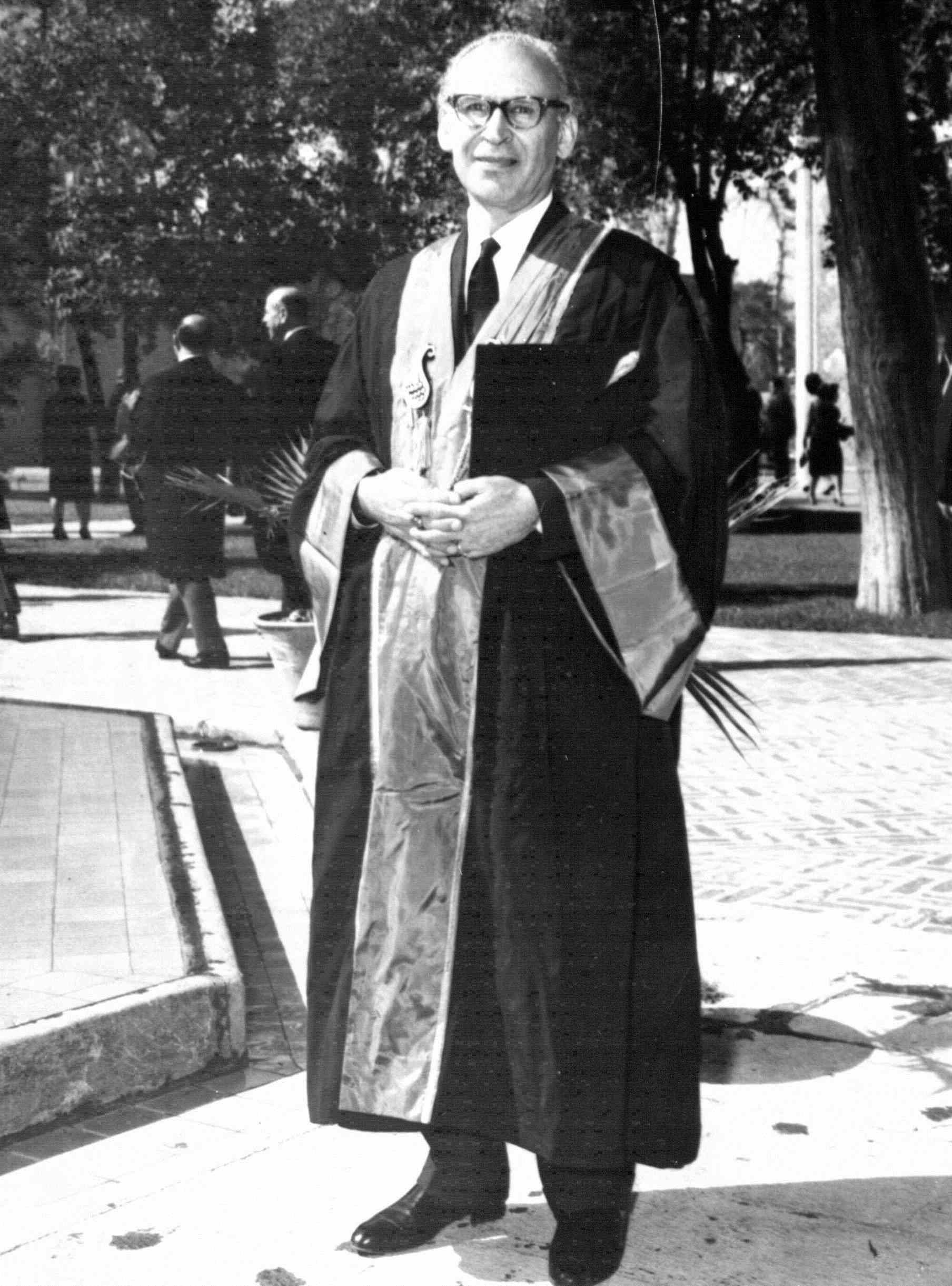|
Mehdi Bayani
Mehdi Bayani ( fa, مهدی بیانی; 1906 – February 6, 1968) was the founder and the first head of the National Library of Iran, specialist in Persian manuscripts and calligraphy, writer, researcher, and professor at the University of Tehran. Life and careers Mehdi Bayani was born in 1906 in Hamedan, Iran. His father, ''"Mirza Mohammad Khan Mostofi Farahani"'', was from the succession of teachers and accountant of Farahan and his maternal ancestor was ''"Mirza Soleimaan Bayan ol-Saltaneh Farahani"'', the head of the royal exchequer and the author of ''"the treatise on the rules of clerking and accounting"''. At the age of two, his father died and his mother came to Tehran with him and other children. He studied elementary and calligraphy in the primary schools of ''"Aqdasiyeh"'' and ''"Ashraf"''. He spent his high school years at the Dar ul-Funun then entered the ''"Teachers High College"'' (now Kharazmi University) for a bachelor's degree in literary and ... [...More Info...] [...Related Items...] OR: [Wikipedia] [Google] [Baidu] |
Hamadan
Hamadan () or Hamedan ( fa, همدان, ''Hamedān'') ( Old Persian: Haŋgmetana, Ecbatana) is the capital city of Hamadan Province of Iran. At the 2019 census, its population was 783,300 in 230,775 families. The majority of people living in Hamadan identify as ethnic Persians. Hamedan is believed to be among the oldest Iranian cities. It is possible that it was occupied by the Assyrians in 1100 BCE; the Ancient Greek historian, Herodotus, states that it was the capital of the Medes, around 700 BCE. Hamedan has a green mountainous area in the foothills of the 3,574-meter Alvand Mountain, in the midwest part of Iran. The city is 1,850 meters Above mean sea level, above sea level. The highly cultural nature of this old city and its historic sites attract tourists during the summer to this city, located approximately southwest of Tehran. The major sights of this city are the Ganj Nameh inscription, the Avicenna monument and the Baba Taher monument. The main language in the city ... [...More Info...] [...Related Items...] OR: [Wikipedia] [Google] [Baidu] |
Nastaliq
''Nastaliq'' (; fa, , ), also romanized as ''Nastaʿlīq'', is one of the main calligraphic hands used to write the Perso-Arabic script in the Persian and Urdu languages, often used also for Ottoman Turkish poetry, rarely for Arabic. ''Nastaliq'' developed in Iran from '' naskh'' beginning in the 13th century and remains very widely used in Pakistan, Iran, Afghanistan and as a minority script in India and other countries for written poetry and as a form of art. History The name ''nastaliq'' "is a contraction of the Persian , meaning a hanging or suspended '' naskh''". Virtually all Safavid authors (like Dust Muhammad or Qadi Ahmad) attributed the invention of to Mir Ali Tabrizi, who lived at the end of the 14th and the beginning of the 15th century. That tradition was questioned by Elaine Wright, who traced evolution of ''nastaliq'' in 14th century Iran and showed how it developed gradually among scribes in Shiraz. Moreover, according to her studies ''nastaliq'' has its ... [...More Info...] [...Related Items...] OR: [Wikipedia] [Google] [Baidu] |
Shikasta Nastaʿlīq
''Nastaliq'' (; fa, , ), also romanized as ''Nastaʿlīq'', is one of the main calligraphic hands used to write the Perso-Arabic script in the Persian and Urdu languages, often used also for Ottoman Turkish poetry, rarely for Arabic. ''Nastaliq'' developed in Iran from '' naskh'' beginning in the 13th century and remains very widely used in Pakistan, Iran, Afghanistan and as a minority script in India and other countries for written poetry and as a form of art. History The name ''nastaliq'' "is a contraction of the Persian , meaning a hanging or suspended '' naskh''". Virtually all Safavid authors (like Dust Muhammad or Qadi Ahmad) attributed the invention of to Mir Ali Tabrizi, who lived at the end of the 14th and the beginning of the 15th century. That tradition was questioned by Elaine Wright, who traced evolution of ''nastaliq'' in 14th century Iran and showed how it developed gradually among scribes in Shiraz. Moreover, according to her studies ''nastaliq'' has its o ... [...More Info...] [...Related Items...] OR: [Wikipedia] [Google] [Baidu] |
Manuscript-writing
A manuscript culture is a culture that depends on hand-written manuscripts to store and disseminate information. It is a stage that most developed cultures went through in between oral culture and print culture. Europe entered the stage in classical antiquity. In early medieval manuscript culture, monks copied manuscripts by hand. They copied not just religious works, but a variety of texts including some on astronomy, herbals, and bestiaries. Medieval manuscript culture deals with the transition of the manuscript from the monasteries to the market in the cities, and the rise of universities. Manuscript culture in the cities created jobs built around the making and trade of manuscripts, and typically was regulated by universities. Late manuscript culture was characterized by a desire for uniformity, well-ordered and convenient access to the text contained in the manuscript, and ease of reading aloud. This culture grew out of the Fourth Lateran Council (1215) and the rise of t ... [...More Info...] [...Related Items...] OR: [Wikipedia] [Google] [Baidu] |



